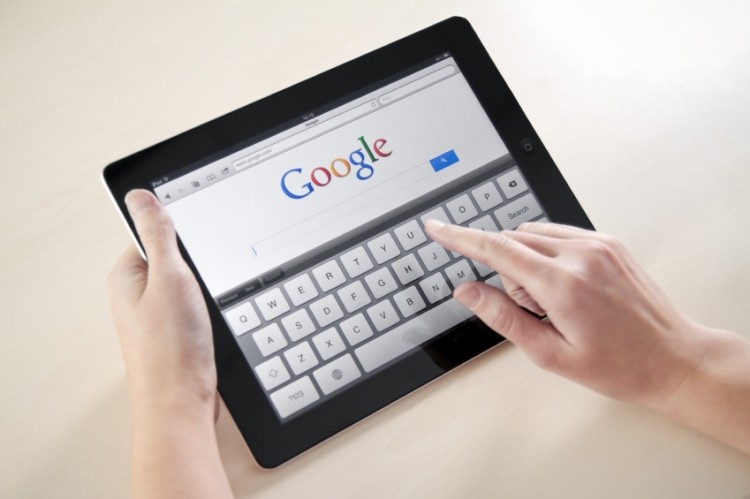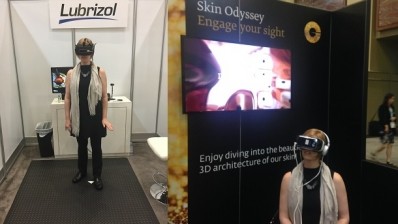Omnichannel beauty and wearable tech: how digital transformed the industry in 2016

Online influence
Vloggers once again grabbed the industry's attention as it grapples with making the most of online influencing. L’Oréal UK took a decisive step with its partnership with five beauty bloggers announced this year.
Brand websites, though, were unexpectedly found to be the number one place where consumers head for trusted information - suggesting the influence of vloggers might ultimately be limited.
“While beauty bloggers and influencers undoubtedly need to be a core constituent of brands' omnichannel strategy, our research confirms that consumers firstly look to brand websites for reassurance about products before purchasing,” explained Imogen Matthews, an author of the research.
Making the most of brand power online, Lush took a step to assert its digital influence in its campaign with Access Now in support of digital rights, opposing government ordered internet shutdowns around the world.
Ecommerce avenues
It proved a year in which brands stepped up their retail channels with the help of digital platforms. Estée Lauder caused a stir with its venture into the world of Facebook Messenger, offering a 60 minute delivery service for consumers across London.
Lancome also invested in its online retail capabilities, while Urban Decay plugged its lipstick collection via a new ‘Tinder style’ app.
Wearables
Wearable technology paired with mobile app functionality is set to shake up the personal care industry, especially where it can interact with the hugely popular health and wellness trend.
L’Oréal pipped other players to the post earlier this year with its UV patch, which hit the market earlier this year.
Products that tie into the wellbeing theme will lead the charge of maximising the potential of wearables, according to recent research from Mintel.
For example, projection technology is allowing devices to provide screen functionality on skin, while microchips in conjunction with wearable devices are set to offer retail new avenues for payments.
These devices can also offer a diagnostic function, meaning the tech could select and buy the most relevant product, with little to no active involvement from the consumers.



















